
exciecoachbuilder
-
Posts
97 -
Joined
-
Last visited
-
Days Won
1
Content Type
Profiles
Forums
Resource Library
Events
Gallery
Blogs
Store
Community Map
Posts posted by exciecoachbuilder
-
-
On 13/8/2023 at 11:22 AM, Northroader said:
On that cross border archive I’ve linked to, there’s another interesting picture, the inside of Dundalk carriage shops in full swing:
It’s the nearest coach that’s taking my attention, it looks four compartments well spaced out, with a toilet placed between the two pairs, so possibly two second class outside of two first with toilet accommodation? Then at the near end there’s a small brake compartment, so a brake composite? Another useful coach. The one beyond is a later bogie job, with a “cove” style roof, I.e. made from three radii.
Great photo, a big workshop too. I never knew that the Dundalk carriage shop was that big.
-
1 hour ago, Niles said:
re: turntables, Rosslare was used as recently as the early 2000s on occasions when 121s worked the evening service from Waterford.
That's interesting, I didn't know single 121s worked on the Rosslare to Waterford service.
-
 2
2
-
-
19 hours ago, Ironroad said:
Same here, I was using the commuter services daily in 1989 and never saw the green strip depicted in the photograph above on either a loco or a Mk3 coach.
There is something very odd about that photograph, if that is Connolly station and I think it is, The footbridge that is visible was removed in the early '80s as part of the renovations made to the station in the early '80s in preparation for the introduction of the DART services and long before introduction of the tippex livery Additionally there are no over head cables visible. Photoshopped???
If you look closely you can see overhead line equipment over the grill at the back of the 121 class engine, and the " streetlight" on the platform. Platform 4 had an overhead line, platforms 1 ,2 and 3 didn't. These two locos are parked on platform 2, which is normally used by the enterprise trains. The overnight mail trains were usually loaded up on platform 2 as well.
-
3 hours ago, 228RiverOwenboy said:
This is brilliant, I remember this well. This was a posed photo for An Nuacht (the quarterly C.I.E. newspaper). The lad in the white coat was holding the drawing upside down, I kid you not. I was working in the carriage shop at this time and there was only one mock up built, so it's the same mock up. The powers that be decided that the crappy green colour was a no no. Good decision imo.
-
 2
2
-
-
8 hours ago, flange lubricator said:
Hi, was the bus in the photo sold as an An 68? These buses were always known in the bus depot's and in the BMS in Inchicore works as D cars. The Spa Road built Van Hool buses built in the 70's were always called AN68's, not the one in this photo. Paul.
-
 1
1
-
-
2 hours ago, BSGSV said:
Do you know if this a bad sign for the coach or is this just the normal state?
Inch flat moulding pulled away from the door frame, usually means rotting door pillar. Also door handle should be horizontal when closed. You would have got a slap on the back of the head, if you had have left a door handle looking like that.
-
 2
2
-
-
9 hours ago, Mayner said:
Railway/transport companies such as CIE/NIR/Ulsterbus tended to carry out heavy maintenance work including engine/generator overhauls in house up to the early 90s when it became fashionable to outsource-maintenance.
Visited Inchacore works a number of times during the 70s-80s diesel engines were overhauled-re-built in house, engine/generator overhauls were outsourced to 'approved suppliers' in recent years, cuts down on the number of highly skilled maintenance staff and parts inventory, same principal applies with modern railcar maintenance.
Proabably best to contact the RPSI or some of their carriage volunteers, they have a Dutch Van 462 and to MK2 Brakes fitted with Generators https://www.steamtrainsireland.com/rpsi-collection/82/462-dutch-van
Yeah, there was a workshop beside the ramps, where they used to overhaul the generators, I think that it was called the parlour. I'm open to correction, but I think that the Detroit diesels were more of a bus thing than railway. Paul.
-
18 minutes ago, Sean said:
when i was younger I always thought the EGV/Attatched to most trains was simply a luggage van and never gave too much heed to the idea that it might be doing a bit more than that.
Typically this seems to have been a diesel generator and a steam boiler but to get a bit more specific, just what was fitted to these vans? Particularly the dutch rebuilt vans and mk2 EGV's I am interested in but lets open the discussion to a more broader one to emcompass all the irish power and heat vans which may be often overlooked until last when building a collection but are often essential for a prototypical rake.
is there any information on the make and model of the type of generators that could have been fitted? i note that downpatricks site lists FG wilson generators as the source of power in their mk2 coaches,, however i cannot find much comparable information on whats in the southern stock of a similar vintage.
18 minutes ago, Sean said:when i was younger I always thought the EGV/Attatched to most trains was simply a luggage van and never gave too much heed to the idea that it might be doing a bit more than that.
Typically this seems to have been a diesel generator and a steam boiler but to get a bit more specific, just what was fitted to these vans? Particularly the dutch rebuilt vans and mk2 EGV's I am interested in but lets open the discussion to a more broader one to emcompass all the irish power and heat vans which may be often overlooked until last when building a collection but are often essential for a prototypical rake.
is there any information on the make and model of the type of generators that could have been fitted? i note that downpatricks site lists FG wilson generators as the source of power in their mk2 coaches,, however i cannot find much comparable information on whats in the southern stock of a similar vintage.
Hi Sean, not 100% sure, but I think the generators in the vans were Cummins engines.
-
 1
1
-
-
5 minutes ago, flange lubricator said:
The coaches I think you are looking at are possibly cafeteria car 2412, full first 1145 and BR MK 1 GSV , in fact this footage in dated June 1980 , sadly both these coaches possibly the set in the film were involved in the Buttervant accident on Aug 1980 sadly in which 2412 and 1145 were completely destroyed
Thank you very much, 1145 is the coach that I was looking at. Working in the carriage shop, I don't recall many first full carriages being brought in for repair. I think I remember mk2 first full coaches. Also I have a vague memory of an older coach being fitted with mk2 first class seats, maybe it was an experiment? They seemed to do a lot of experiments with different coaches back then. A silk purse out of a sows ear basically. But thanks for that flange lubricator. Paul.
-
 2
2
-
-
2 hours ago, skinner75 said:
Around the 2min35 mark of this cine transfer from 1980, put up by Tom Ryan, there is an example of a 'mixed' selection of coaches:
https://www.youtube.com/watch?v=xU9lcXpkrtY
2 hours ago, skinner75 said:Around the 2min35 mark of this cine transfer from 1980, put up by Tom Ryan, there is an example of a 'mixed' selection of coaches:
A great video, Tom Ryan is railway royality at this stage. Also, I am interested in the coach at 2.55, it's looks like a laminate rebuild, but there was never any first class rebuilds. Maybe it's a corridor carriage, but I remember the toilets (on the coaches that I remember working on) were always in centre of the coach. There wasn't many first class 'older'coaches back in 1980 either.
-
 1
1
-
 1
1
-
-
On 23/1/2023 at 1:45 PM, murphaph said:
Right, this is the final update on these 111s. They are "finished" now after I applied the glossy touches to the oily/greasy bits like the wheel bearing journals, fuel tanks, exhaust ports etc. Nameplates will someday be applied whenever Steve at Railtec has made them available. Should be trivial to apply them and weather lightly then. I didn't want to leave them in a million pieces waiting for them to arrive. This has been my most ambitious respray with a number of false starts and dead ends. I probably stripped these locos back to plastic three times, including after having applied the transfers as I was so unsatisfied with the large logo as a transfer. That sent me down the path of laser cutting out masks and I learned a bit from that too. In the end though I am really pleased with how they've turned out.

Well done Phillip, again, they look fantastic. You're a bit of a dark horse with the the oul weathering.

-
 1
1
-
 1
1
-
-
It sure is outstanding work Phillip, well done. Like all your work, these locos look the business. Especially loved your Vic Berry resprays, just like they rolled out of the paint shop in Inchicore. Again, well done. Paul.
-
 1
1
-
 1
1
-
 1
1
-
-
On 15/12/2022 at 11:52 PM, jhb171achill said:
The sidings under the bridge, the “loco depot”, would have been empty of locos by 1963, so possible….
On 15/12/2022 at 11:46 PM, Mayner said:Rocksavage Works was on the West side of the running line 'the siding under a bridge" was used as a loco depot.
The Works appears to have been in two parts the 3 road Carriage and Wagons Shops or "old carriage shed" parallel with the running line and the Loco Works at right angles to the carriage shops, reached by a turntable with a separate lead from the Cork City Railway.
The Carriage and Wagon Shops/Carriage Shed appears to be reasonably intact into the late 1950s https://www.flickr.com/photos/irishrailwayarchive/52251463031/in/album-72177720300931532/.
The Works appears to have been used for carriage and wagon repair up to closure, there is a late 1950s Walther McGrath photo of wagons undergoing running repairs outside the shops while No90 shunts wagons on the main line.
Its possible the re-paint took place inside the Carriage Shed or even on one of the several sidings under the Hibernian Road Bridge, the bridge was effectively used as a loco shed after the original running shed was demolished to make way for the Cork City Railway. Rocksavage may have been used for the repaint if works staff were still on the payroll or Glanmire may have been busy with other work.
Inchacore had a fairly primitive spray shop until replaced by a modern shop during the 1990s
Hi, This is a photo of the old wagon spray that was situated at the rear of the lifting shop, wagons were last sprayed here around the early/ mid 1980's, as the wagon spray was moved to a vacant building further up the works. There were never any carriages sprayed here, the main railway paint shop was situated further to the left of this scene. The paint shop was completely refurbished, including installing a modern spray booth in 1998/99, and during the refurbishment period, any carriages in for repaint were hand painted in the carriage shop, the painting of locos were cancelled during this period too.
There is a photograph in the book, Irish Railway Rambler ' of the old paint shop/ dungeon on page 21. Dungeon being the appropriate word to describe the old paint shop in comparison to the then new modern paint spray facility as it is called. Also, for anyone interested, B113 in the photo was given a cosmetic paint job for the Inchicore works 150th anniversary open day, and was later stored in this shed along with a rapidly and sadly deteriorating old AEC railcar.
Paul......
-
 2
2
-
-
Ivory and orange , C.I.E roundels,
 .
.
-
22 hours ago, Mayner said:
The bogie fertiliser wagons were originally fitted with steel mesh doors and nicknamed "Long Kesh" wagons after the Long Kesh internment camp (Maze Prison) opened in 1972.
Its possible CIE built at least one train of wagons with mesh doors before changing to ply sheeting because the Long Kesh wagon nickname appeared to be common at the time.
The change to sheet metal or ply was likely to have been an attempt to reduce the risk of bags bursting and the wagon becoming unstable in the event of the load shifting, a fairly common problem with wagons carrying palletised loads
Hi, I remember that after they changed the mesh on the doors to plywood, they started to have a lot of problems with the runner wheels that the doors slid on because of the extra weight. I recall a few times, that they would bring in a rake of fertilizers into the carriage for quick running repair, the majority of work being replacing the wheels. The reason for the ferts being brought into the carriage shop, ( because it was not coachbuilding work) is because at that time, the wagon repair shop was just a small area situated within the lifting shop in Inchicore. Also, there were only, as far as I can remember 3 or 4 wagonmakers working there at the time, so they would have been overwhelmed with the amount of work. Eventually, it was decided to do away with the sliding doors, weld plates over the slots where the doors wheeled into, weld the door hinges onto the plates and then you had basically swing doors. There was a lot of body maintenance on the fertilizers, as the plywood panels were constantly being damaged.....
-
 5
5
-
 5
5
-
-
14 hours ago, DJ Dangerous said:
That's amazing news for anybody who missed out. Gorgeous little wagons!
They really are lovely wagons, they look a lot better in the flesh, than on the website.
-
 1
1
-
 1
1
-
-
23 hours ago, Broithe said:
'Landlord' often seems an odd term to me, particularly in the current state of the UK 'pub industry', where the landlord is usually a tenant.
Ok but, we don't say landlord in the ROI.
-
2 hours ago, connollystn said:
@Warbonnet, that's very decent of IRM. Pity you're not the landlord of my local pub, he increased the price of a pint [Heineken] by 20 cent yesterday - I am incensed. Will not darken the door of that pub for a very long time.
Landlord?? You got off lightly. My 'landlord' increased the pint of Heineken by 50 cent.
-
 1
1
-
-
4 hours ago, murphaph said:
Easily my favourite wagons to weather so far. Hardly a different combination of reds and browns couldn't be found on the prototype during the 90s. They were well and truly unloved by the end.
Yes the wheels are still masked as I have to wait until everything is really dry before applying a top coat of matt varnish. As a matter of course I am regauging each wagon as it gets weathered.
Strange glare is the light reflecting off the back of my phone

I think the jury is still out on as to whether or not the 48 tonners were ever loaded like this. The restriction bars had definitely been removed as there is photographic evidence of briquettes being loaded in those centre bins. I assume it would have happened with fertiliser too and anyway rule 1 lol.
The obligatory before and after

They look fantastic, well done.
-
 1
1
-
-
17 hours ago, murphaph said:
I had a change of heart in the end and sprayed them black with the sides

Hi Murph, all C.I.E / Irish Rail carriages and vans that had a black roof, were painted in gloss black paint. Never Matt black or grey, the only Matt black I can remember being used on carriages, was the window frames on the commuter railcars ( sparrows etc) when the new liveries were introduced in the early 2000's.
Paul.
-
 1
1
-
 3
3
-
-
17 hours ago, mmie353 said:
I placed an order with DC Kits over the holiday period, the order is processing since the 3rd, I have emailed twice to them and nothing back, last week, I am starting to get concerned. Does anyone know if they are still in business?
I ordered an 071 class loco from DC kits, heard nothing for weeks. Like yourself, I got a bit concerned, so I emailed DC kits to see what's going on? I eventually got a reply, ' order posted'. Poor customer service unfortunately. Wouldn't take a chance with them again. Paul
-
 1
1
-
-
3 hours ago, murphaph said:
Great information again Paul. Did they enter from the Heuston side and exit from the country side and then head to the long siding beside the running shed to wait their next turn of duty in Heuston?
Did they ever refuel or do running repairs on Connolly locos or was that all done over in the Connolly loco shed only?
Apologies for the late reply murphaph, yes indeed they entered from Heuston end ( Dublin end) then exited from the Cork end. Then on to the long siding, exactly as you said. I think they did repair Connolly based locos sometimes, when they had no room in the much smaller Connolly shed. I worked in Connolly shed for a short period , and it was a very busy running shed. A lot of C class locos were maintained in Connolly shed at the time too. About the fueling, I honestly cant remember if they did or not.
Paul......
-
22 minutes ago, murphaph said:
Great info Paul. Yeah I think CIE owned right up to Jamestown Road at one stage. The boundaries of the properties strongly suggest that anyway, as do some tracks leading into those properties. But I think CIE probably sold the land and then those buildings were built by the new owners as they don't really align with the tracks if you get me.
In case anyone is wondering, I'm thinking of modelling about half the depth of the running shed and the to wheel lathe building (using some artistic licence to bring the latter somewhat closer to the mainline). Dropping Portarlington from my plans and including the works would bring a whole new dimension to my layout, with urban grime galore and the excuse to haul DARTs should they ever appear in RTR format

There's also at least one pic of a Hunslet parked in front of the wheel lathe with a solitary NIR MK2 coach. The daily oil train working gives the excuse to run a brake van in the 90's too so that's particularly good info! Lots of modelling possibilities. Lots of light engine workings as locos shuffle back and forth between Heuston (which would be off scene) and the works.
Does anyone know where exactly the refuelling was done? Was it inside the running shed?
Hi Murph, yeah it was done just inside the shed on arrival from Heuston direction. The loco would be shut down for the refuelling process, when complete, the loco would be started up ( the best part, as nothing beats the sound of an 071 class or the growl of an A class starting up) then moved up the shop for running maintenance.
Paul....
-
 2
2
-
 1
1
-
-
On 27/12/2021 at 2:54 AM, railfan222 said:
Mayner
Your answer you gave still does not seem good to me. I have to ask the following:
1: Why couldn't have Irish Rail have simply build the control cars with traction equipment and then merged 4 of them into 2 sets of Mark 3 based railcars. Why would the Irish Government reject IE's desire to have commuter railcars.
2: Why would the Goverment reject proposals for the MK2s to be push/pull trains?
Regards Kian.
Mayner is 100% right with his answer. In the 70's / early 80's , there was no political appetite for spending money on the railways. In fact, i recall there was constant talk of closing railway lines and selling off big chunks of Inchicore works. We even had a coalition government transport minister, saying that had he been in power, he would never have given the Dart project the go ahead, incredible stuff imo. It took two rail disasters to bring the government to their senses.
I worked on the mk3 new carriage building ( NCB) project from 1984 to 1989, and I remember the talk at the time, being that there was going to be no more money
to be spent on anymore carriage building projects on completion of the NCB project. Irish rail was to come up with a solution themselves and that the finance would have to come from the agreed budget in the existing contract. So they came up with their own push pull ideas. I have to be honest, I think that the Mk3 driving trailers are awful looking things, the carriage side light being used for the windscreen, just doesn't look right, and the cab is so big you could fit an elephant into the bloody thing, appalling. Ok guys, rant over......... Paul.
-
 3
3
-
.png.c363cdf5c3fb7955cd92a55eb6dbbae0.png)
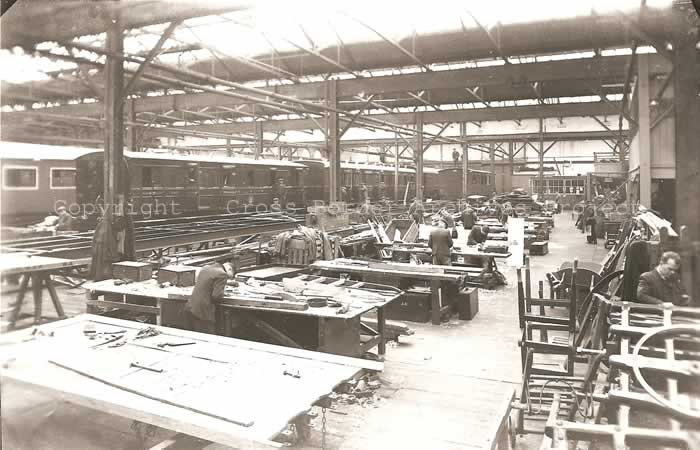

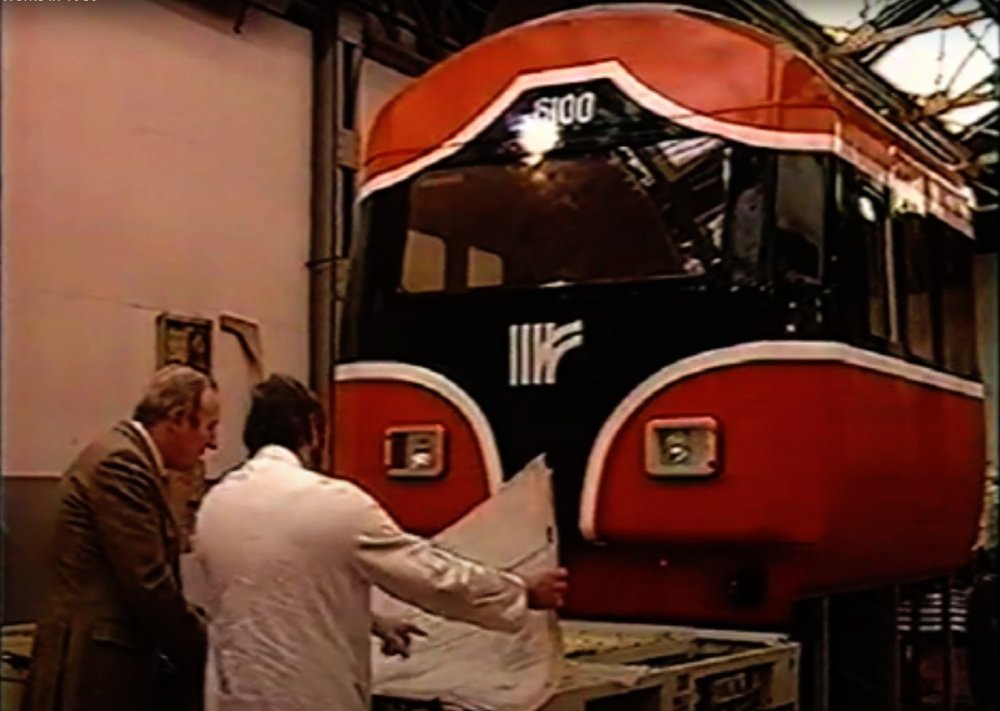
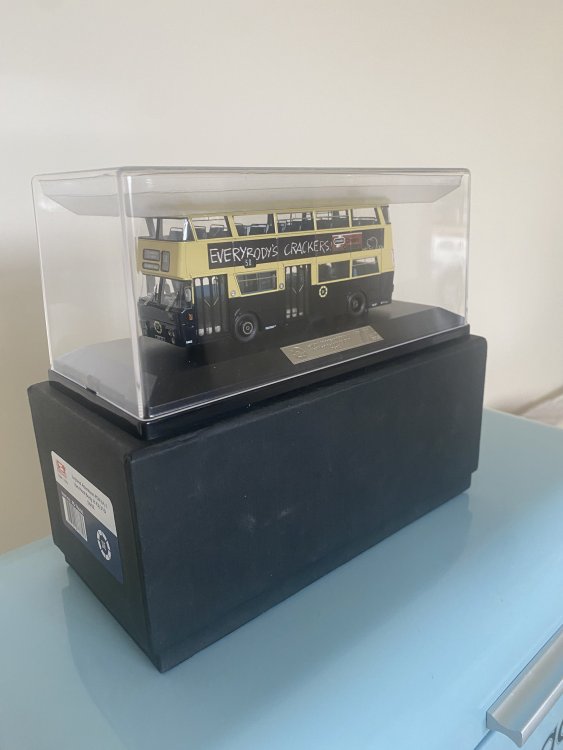
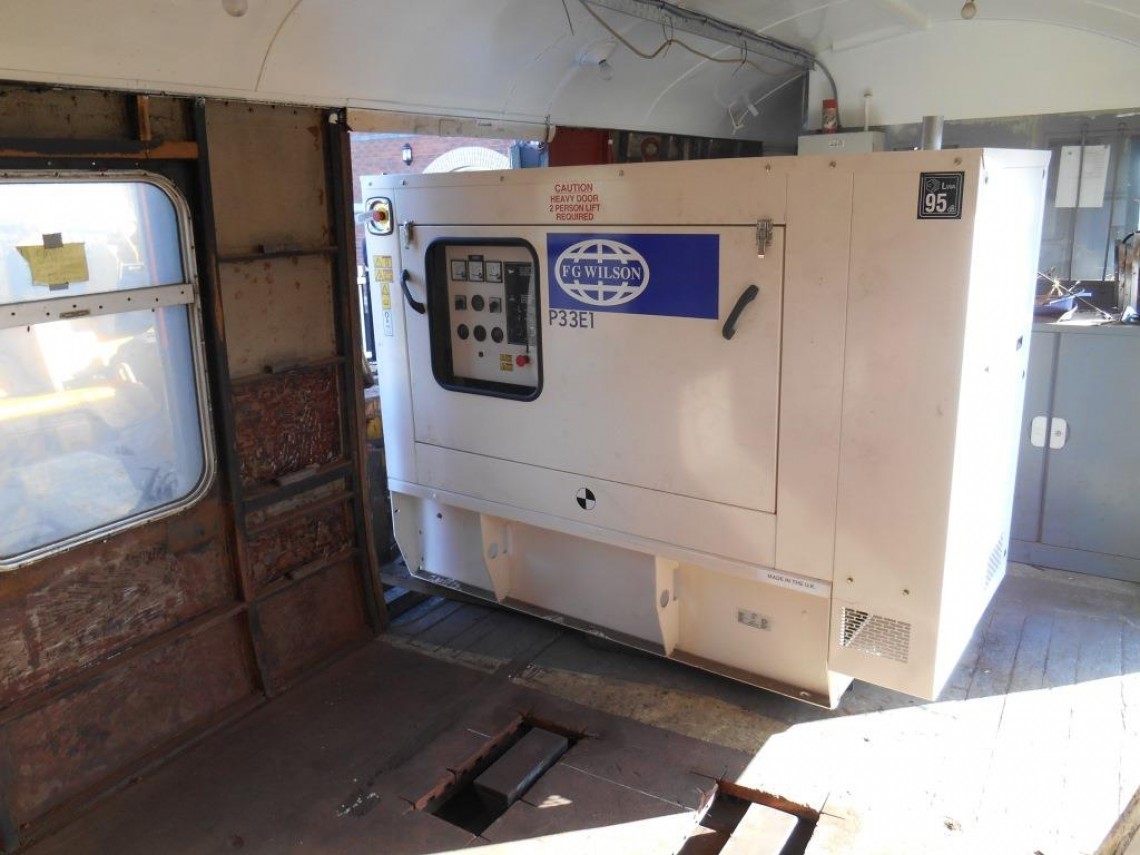
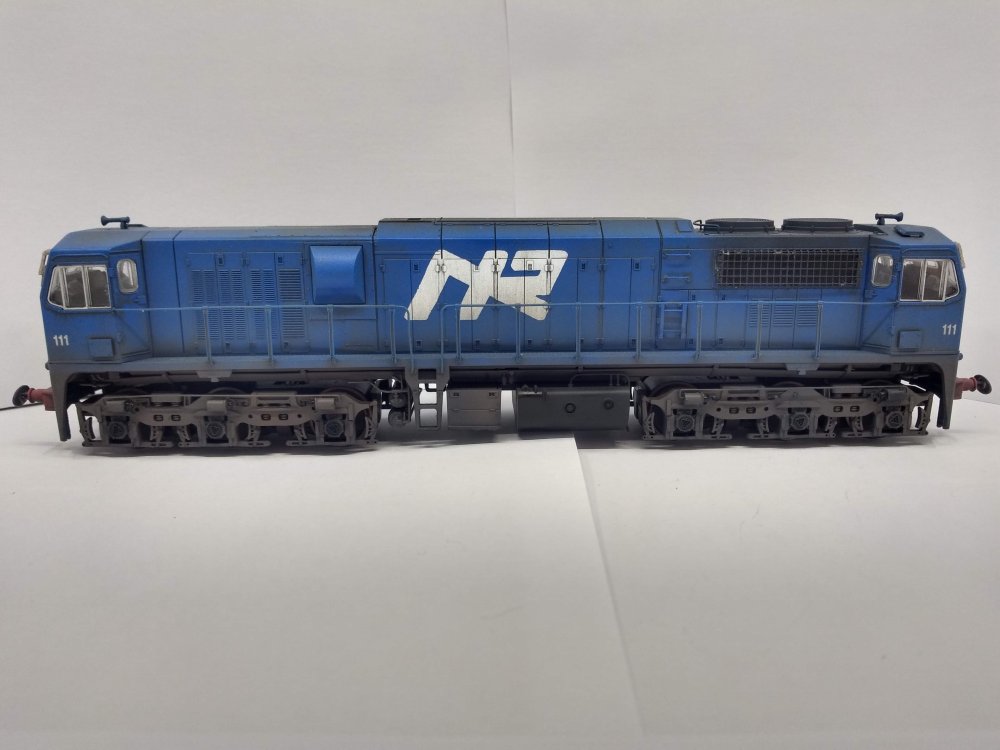
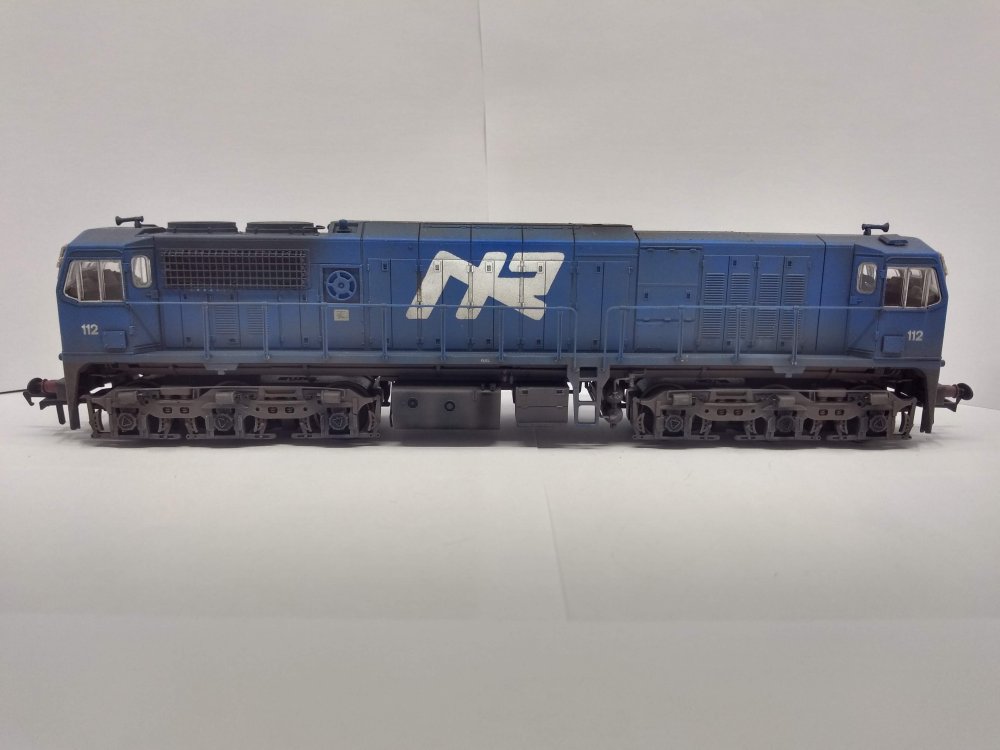
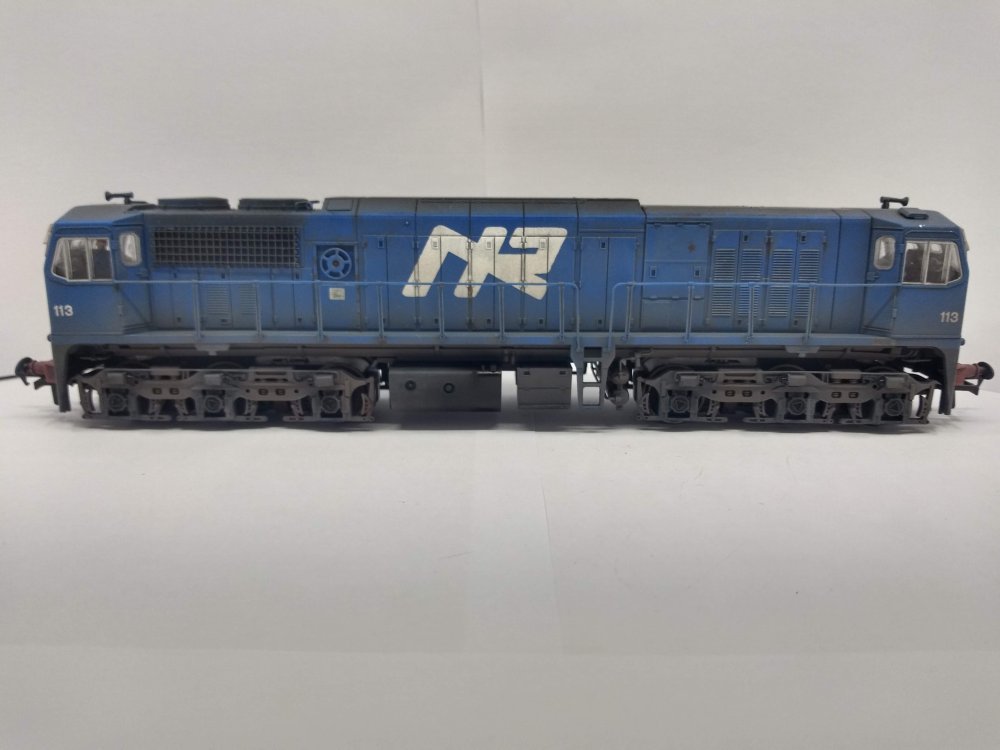
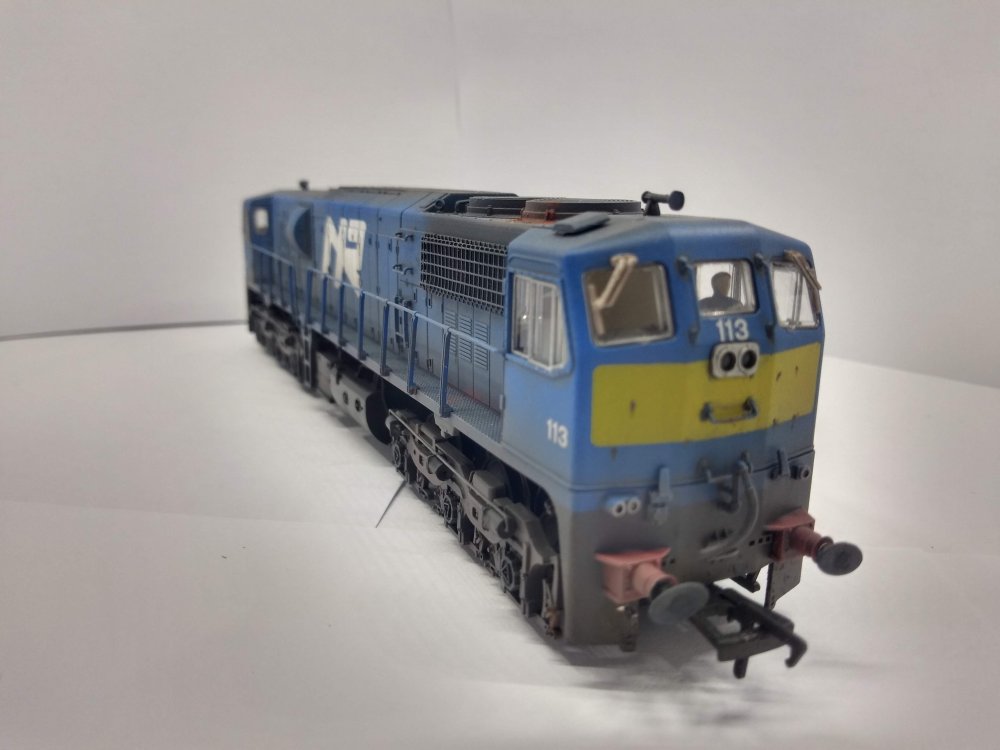
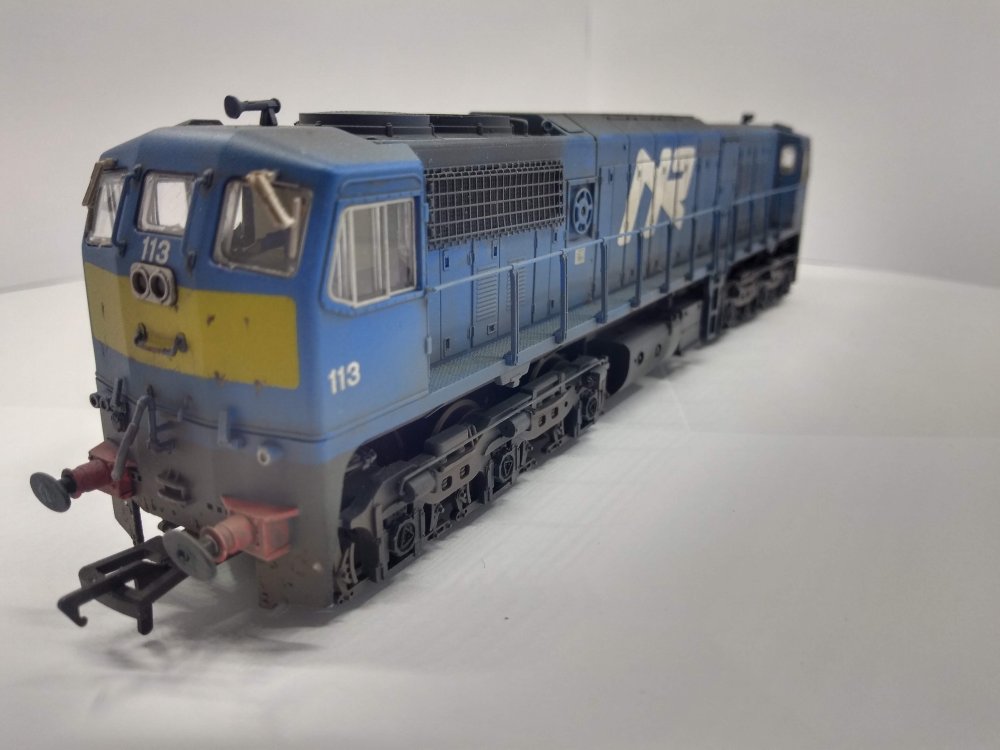
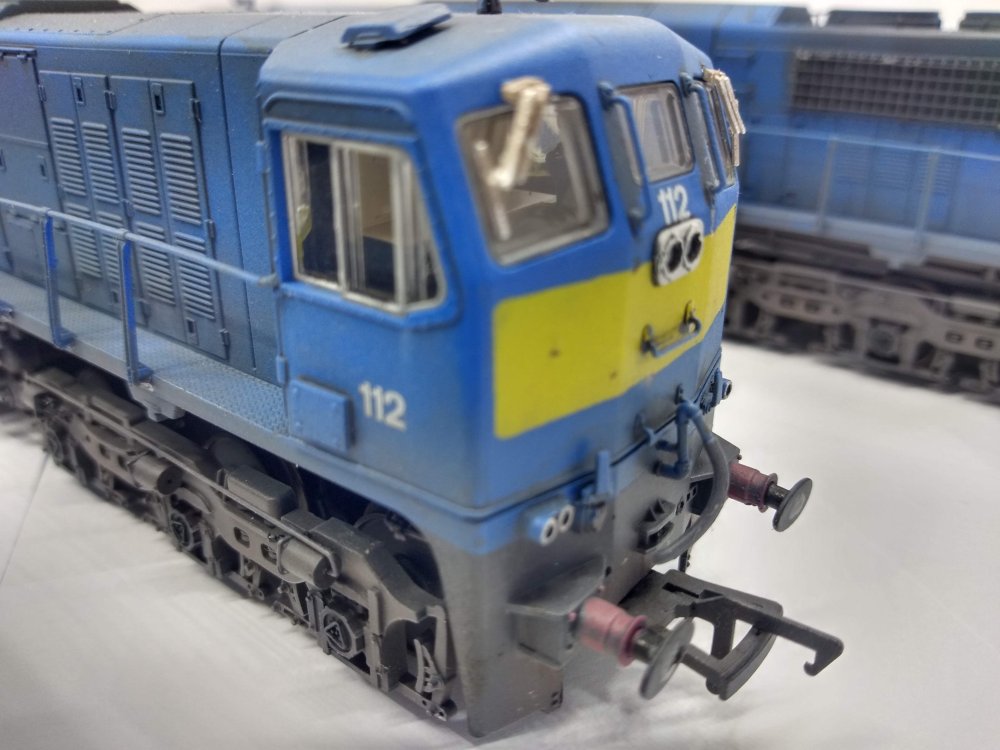
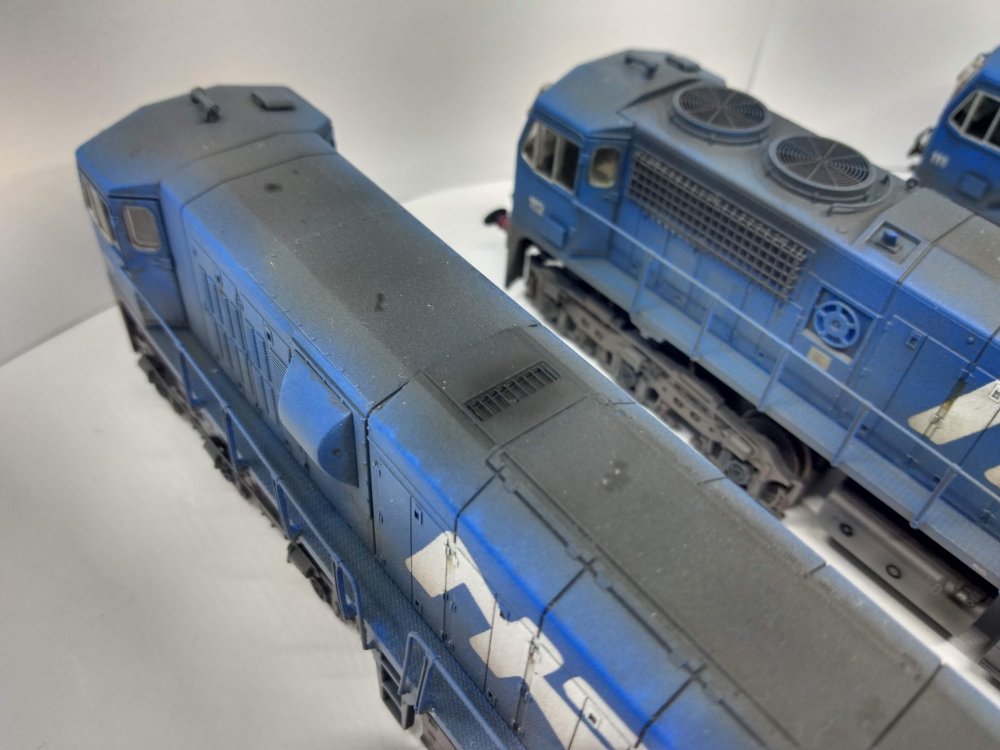
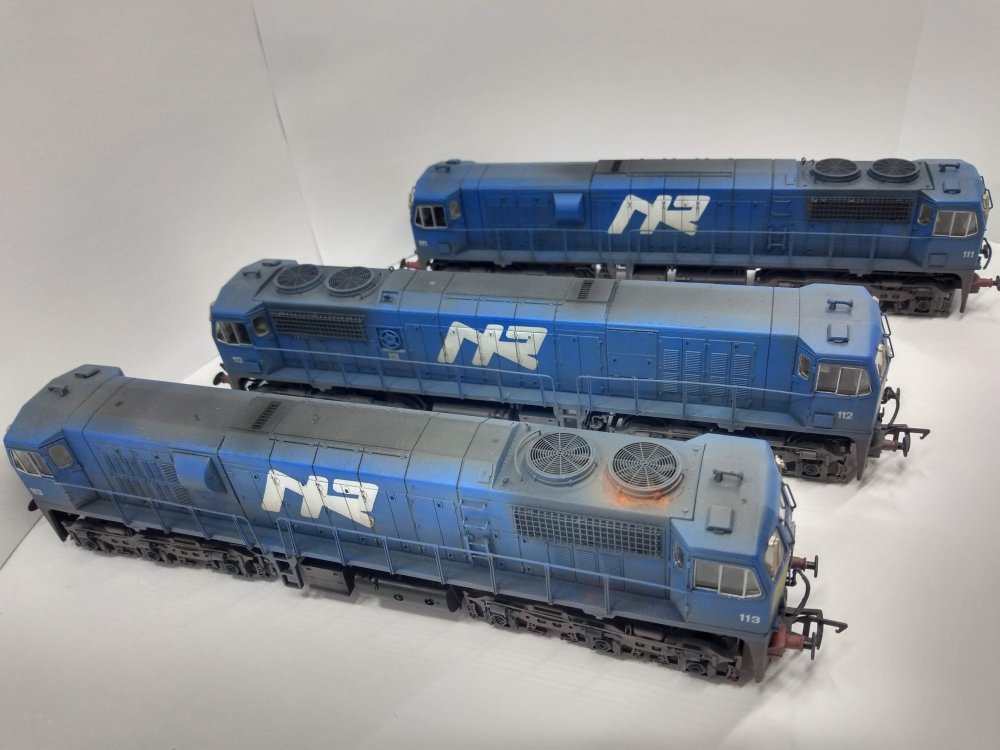
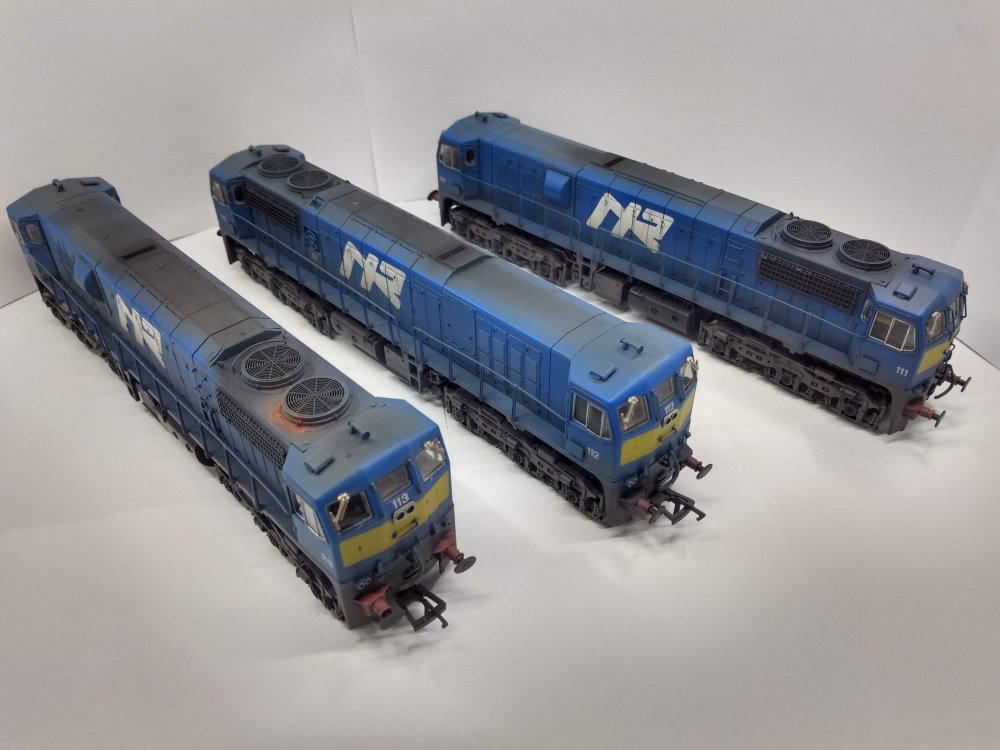
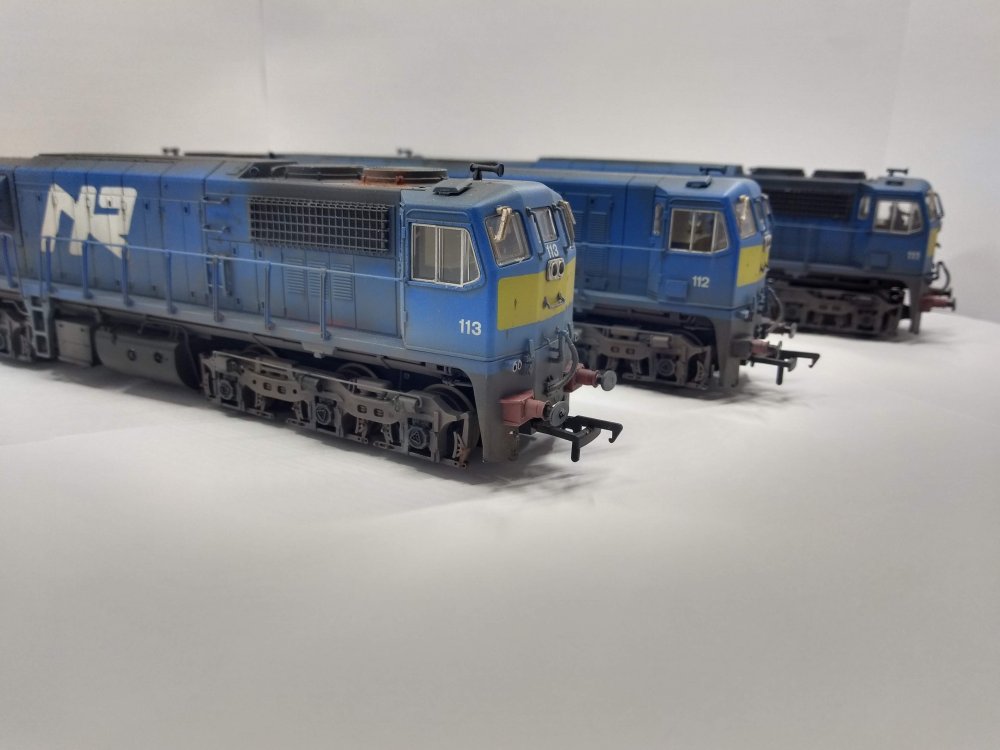
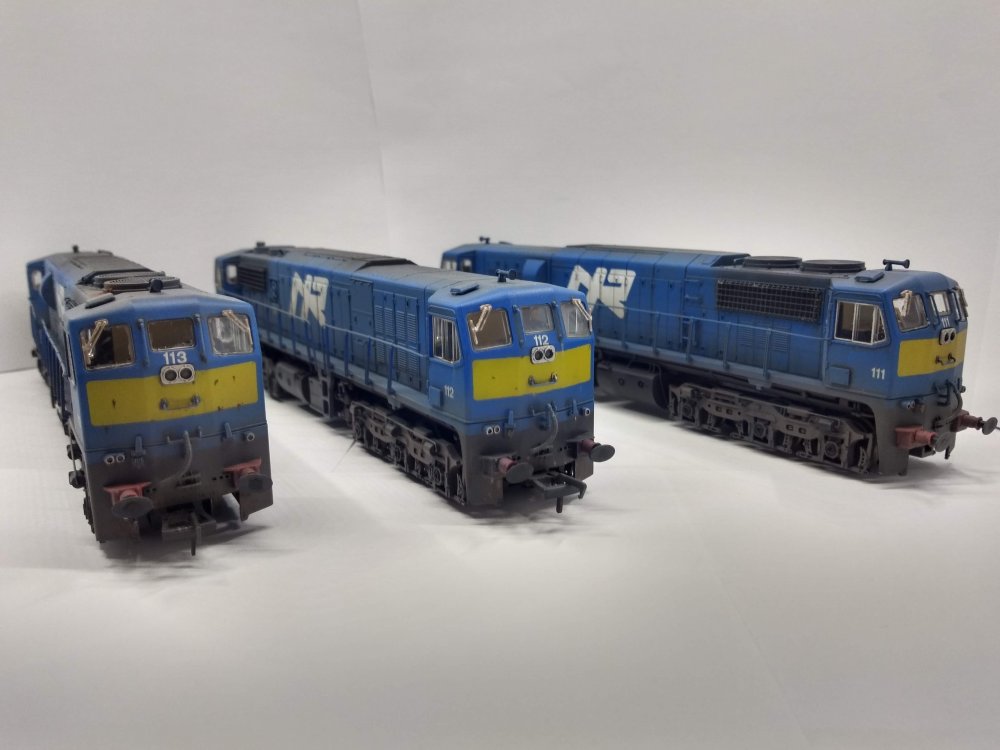
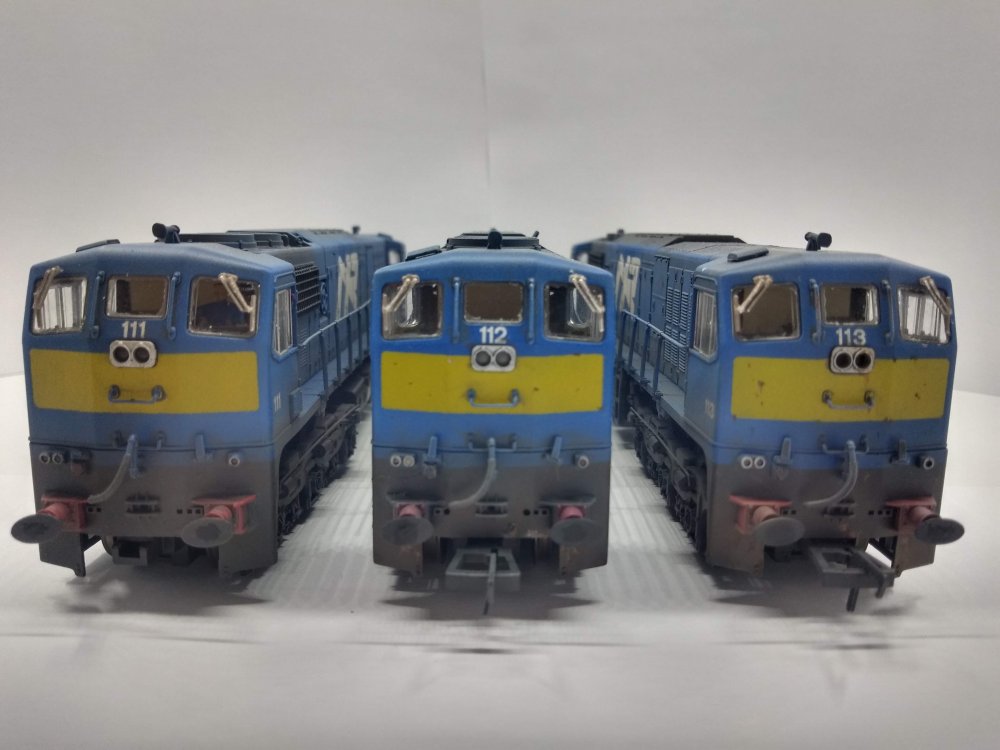
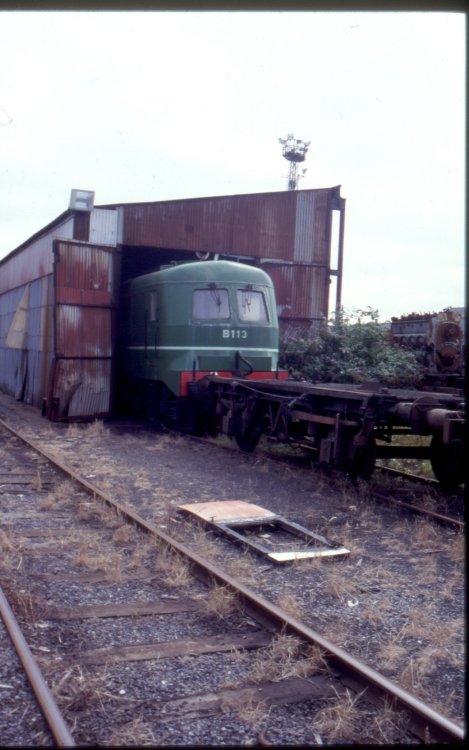
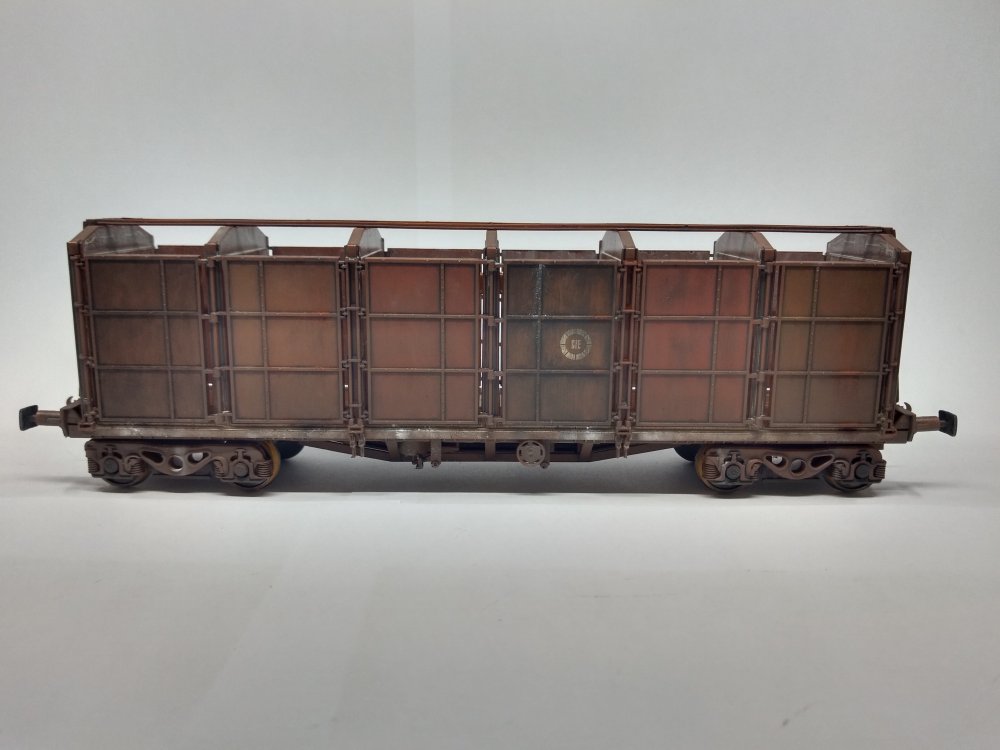
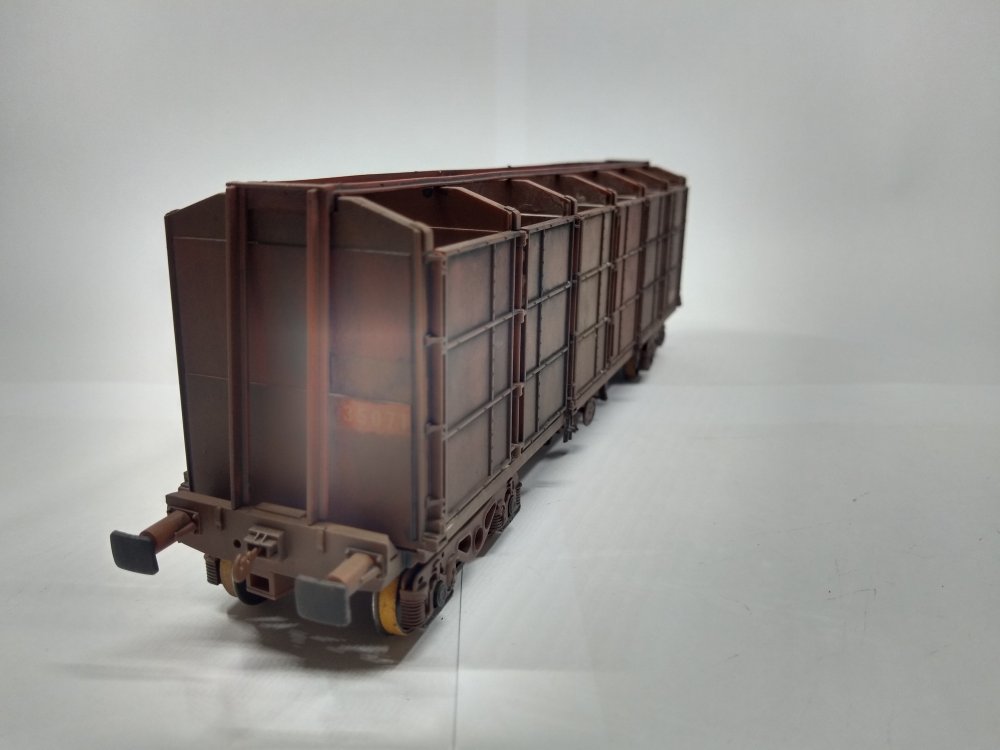
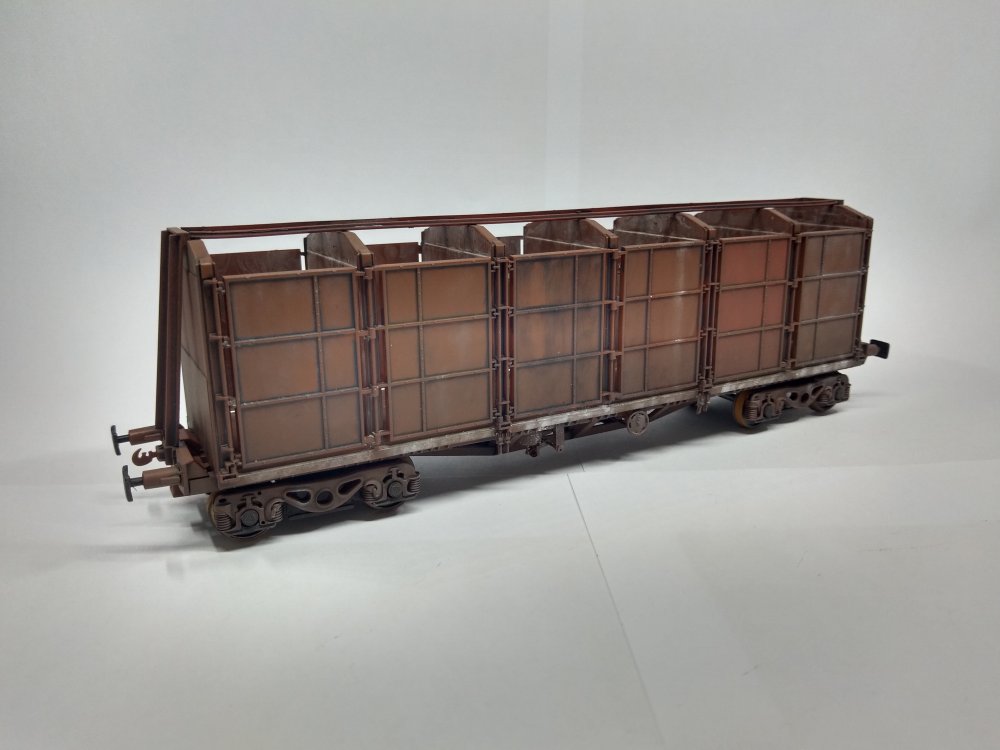
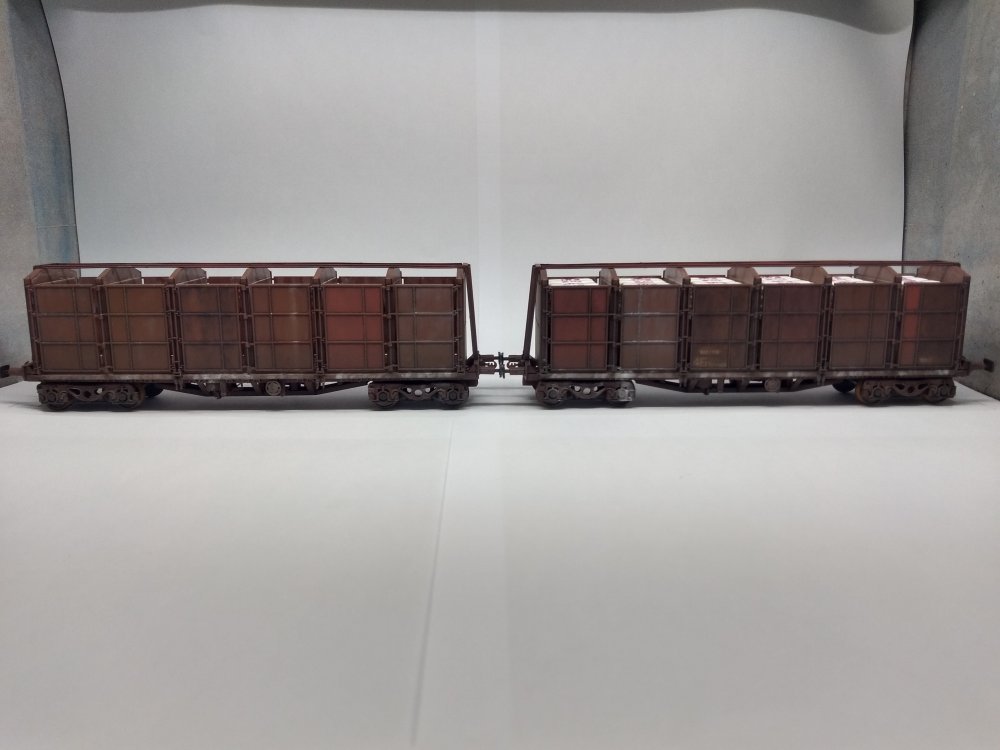
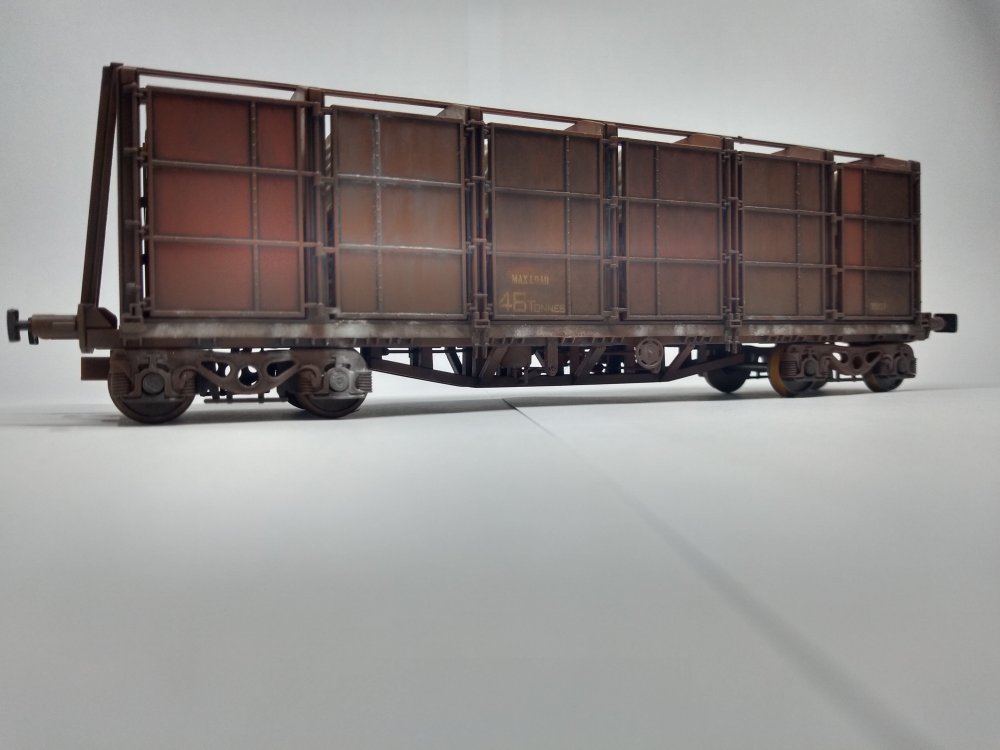
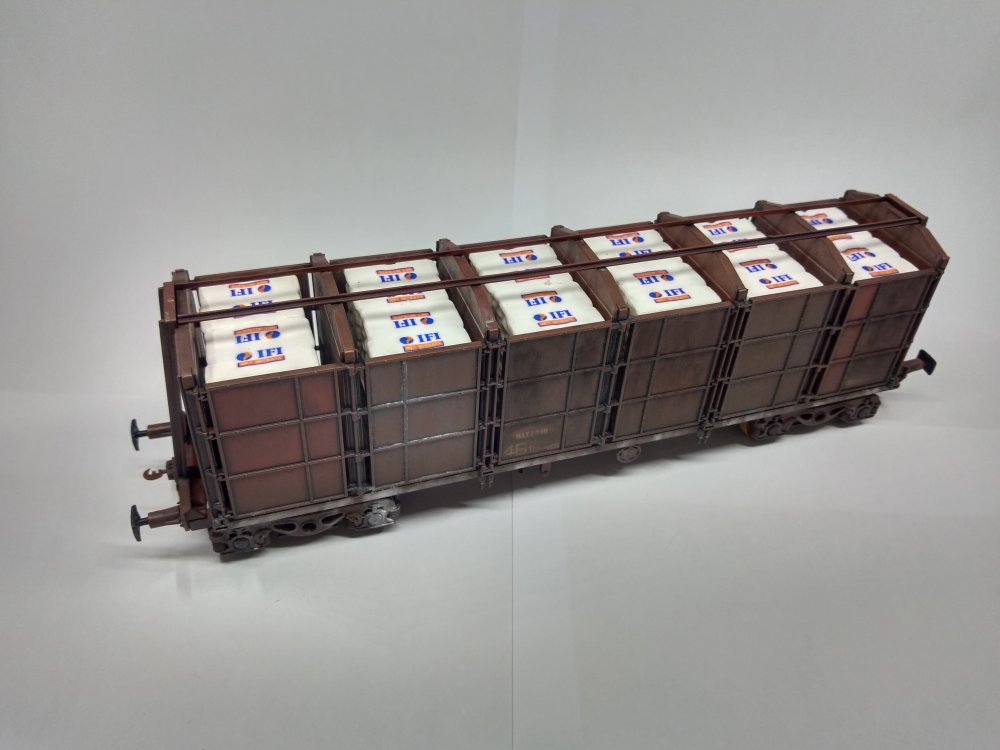

O Gauge Irish Class A and Class B Tank Wagons
in Irish Models
Posted
Yep, at the side of the running shed in Inchicore works.